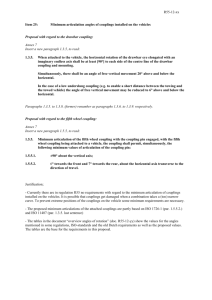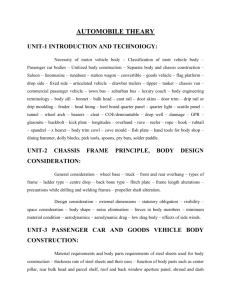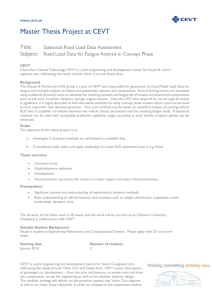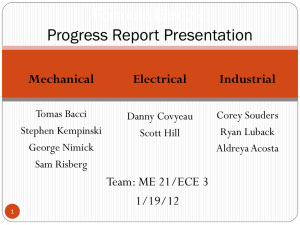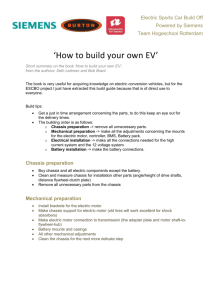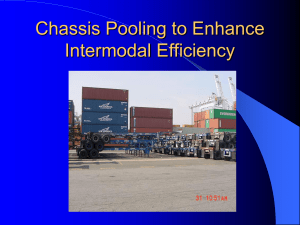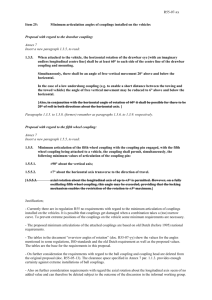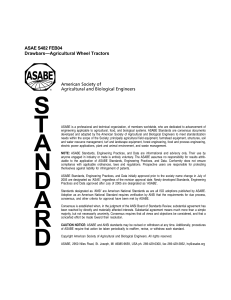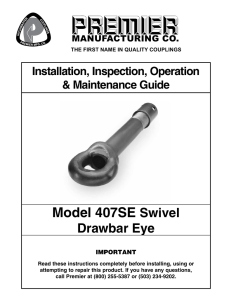On the definition of a rigid drawbar
advertisement
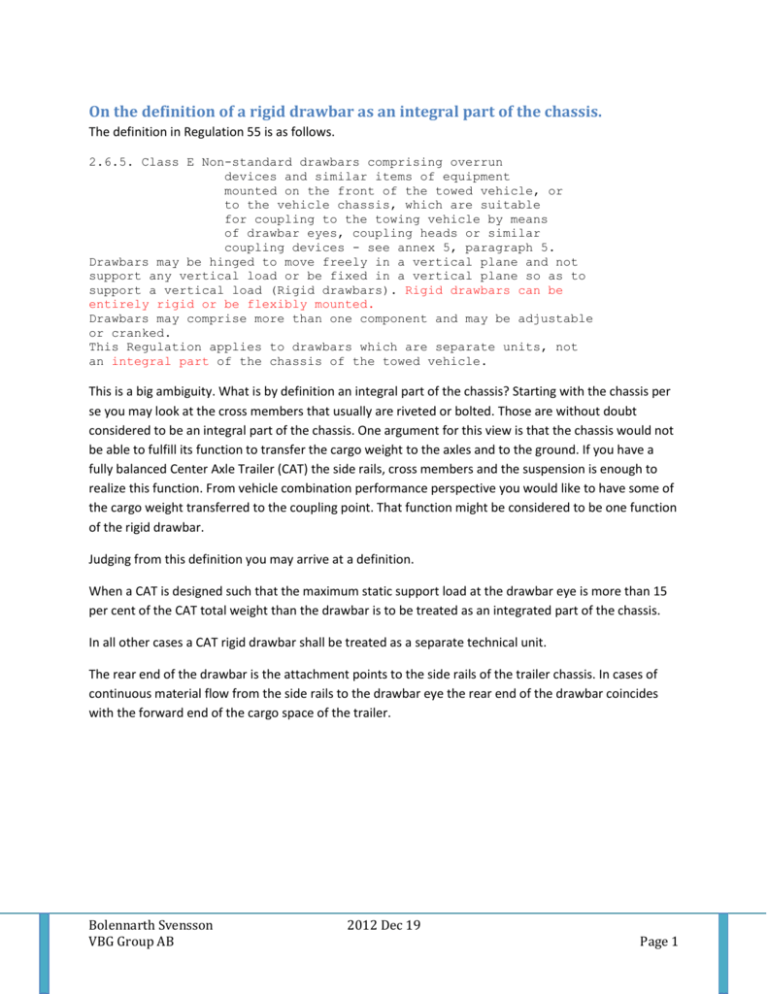
On the definition of a rigid drawbar as an integral part of the chassis. The definition in Regulation 55 is as follows. 2.6.5. Class E Non-standard drawbars comprising overrun devices and similar items of equipment mounted on the front of the towed vehicle, or to the vehicle chassis, which are suitable for coupling to the towing vehicle by means of drawbar eyes, coupling heads or similar coupling devices - see annex 5, paragraph 5. Drawbars may be hinged to move freely in a vertical plane and not support any vertical load or be fixed in a vertical plane so as to support a vertical load (Rigid drawbars). Rigid drawbars can be entirely rigid or be flexibly mounted. Drawbars may comprise more than one component and may be adjustable or cranked. This Regulation applies to drawbars which are separate units, not an integral part of the chassis of the towed vehicle. This is a big ambiguity. What is by definition an integral part of the chassis? Starting with the chassis per se you may look at the cross members that usually are riveted or bolted. Those are without doubt considered to be an integral part of the chassis. One argument for this view is that the chassis would not be able to fulfill its function to transfer the cargo weight to the axles and to the ground. If you have a fully balanced Center Axle Trailer (CAT) the side rails, cross members and the suspension is enough to realize this function. From vehicle combination performance perspective you would like to have some of the cargo weight transferred to the coupling point. That function might be considered to be one function of the rigid drawbar. Judging from this definition you may arrive at a definition. When a CAT is designed such that the maximum static support load at the drawbar eye is more than 15 per cent of the CAT total weight than the drawbar is to be treated as an integrated part of the chassis. In all other cases a CAT rigid drawbar shall be treated as a separate technical unit. The rear end of the drawbar is the attachment points to the side rails of the trailer chassis. In cases of continuous material flow from the side rails to the drawbar eye the rear end of the drawbar coincides with the forward end of the cargo space of the trailer. Bolennarth Svensson VBG Group AB 2012 Dec 19 Page 1 On the definition of a simple drawbar design The overall topology is iso-static. There is only one load carrying member, a beam. The cross section is made up of flat sections and arcs of constant curvature. The cross section is only slowly changing without discrete jumps. There are no welds outside a band of ±25% of the cross section height around the neutral layer for vertical bending. The attaching structure between beam and chassis structure ??? (shall be tested in the same way as a drawbeam. ) Bolennarth Svensson VBG Group AB 2012 Dec 19 Page 2 On the definition of the coupling equipment. Fifth wheel Mounting plate Ball race Fifth wheel Kingpin Rubbing plate The interface between coupling equipment and chassis is on the towing vehicle side: between mounting plate and chassis on the trailer side: between king-pin/rubbing plate and chassis Drawbar coupling Endplates Drawbeam Coupling Drawbar eye /Drawbar head Drawbar The interface between coupling equipment and chassis is on the towing vehicle side: between drawbeam/endplates and chassis on the trailer side: between drawbar and chassis Bolennarth Svensson VBG Group AB 2012 Dec 19 Page 3

